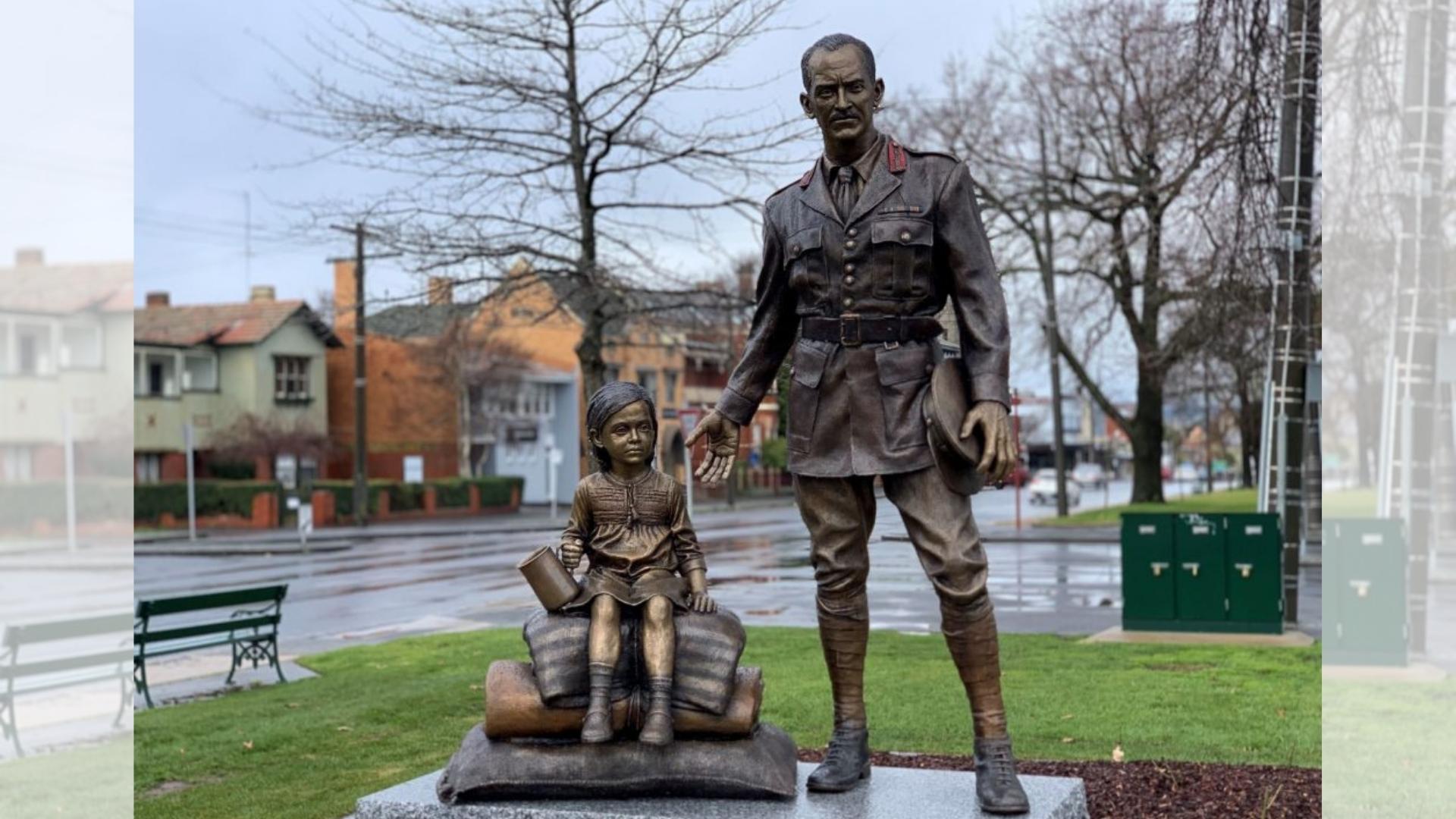Humanitarian, hero, saviour – three words which perfectly describe Australian Major George Devine Treloar.
Born on April 23, 1884 in the rural Victorian town of Ballarat, Treloar had a fulfilling and eventful upbringing. He worked as a bank clerk in town, as a jackeroo in outback Australia, as an actor in England and even served as a Major in the British Coldstream Guards during World War I.
After that conflict, Treloar fought with the pro-Tsar White Russians before his appointment as Commissioner for Refugees of the League of Nations – a predecessor to the United Nations – in northern Greece in 1922.
In this role, Treloar was engaged in the resettlement of Greek refugees from Asia Minor.
The Greeks, who had lived in the Pontus region south of the Black Sea for thousands of years, were either massacred or fled Asia Minor due to the Turkish nationalist movement’s expulsion of Christians at the time.
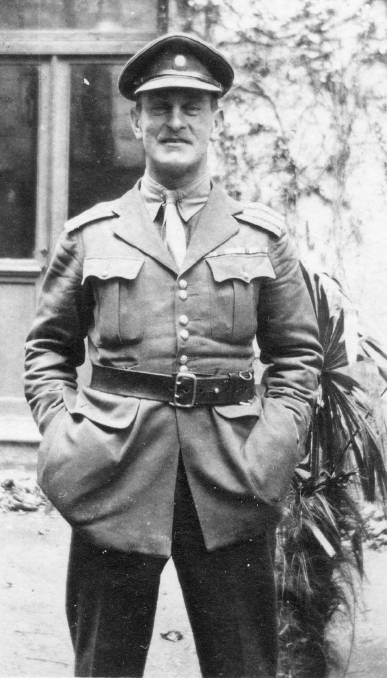
Treloar worked at Komotini in Thrace and later in Salonika to organise food, shelter, medical care and resettlement for these refugees, often in the face of bureaucratic opposition or indifference.
According to The Australian Institute of International Affairs, Treloar’s actions saved an estimated 108,000 lives.
‘He’s a saviour to Victoria’s Greek community’:
It’s no surprise then that Treloar has been honoured by Greek communities across the world for years.
In Greece, a village along the Komotini-Alexandroupolis road was named Thrylorio in Treloar’s honour. The village’s population is entirely made up of Pontic Greek survivors of the genocide by the Turks in Asia Minor.
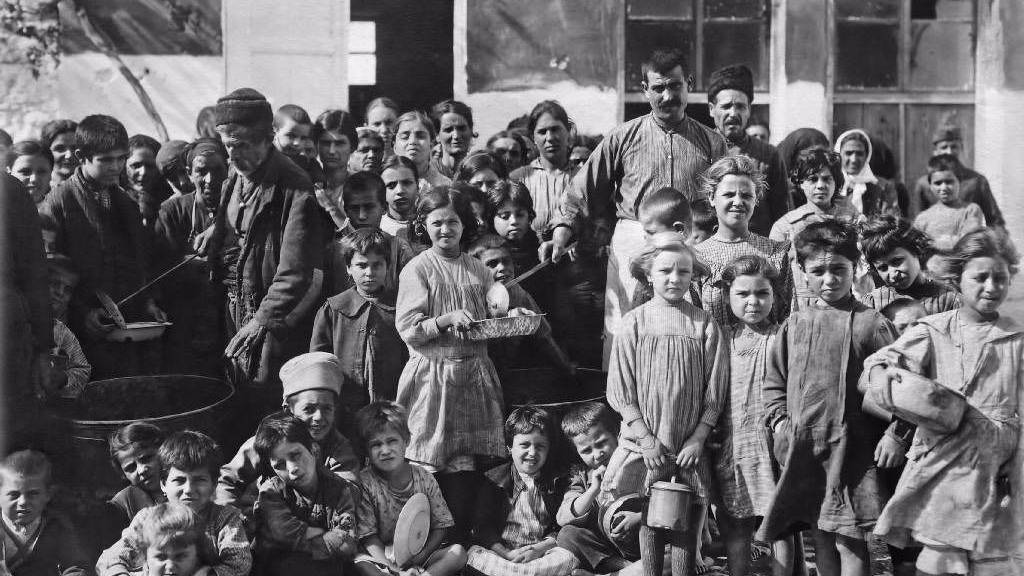
In Treloar’s Victorian hometown of Ballarat, the local Greek community has also paid tribute to the hero with an impressive statue on Sturt Street.
The statue was an initiative of the Merimna Pontion Kyrion of Oceania organisation and the George Devine Treloar Memorial Committee (GDT Memorial Committee).
They commissioned renowned Australian artist, Lis Johnson, to take on the project and she definitely didn’t disappoint.
The statue features Treloar himself standing proudly in his military uniform with his arm outstretched towards a young girl, who is sitting on her luggage and holding a jug.
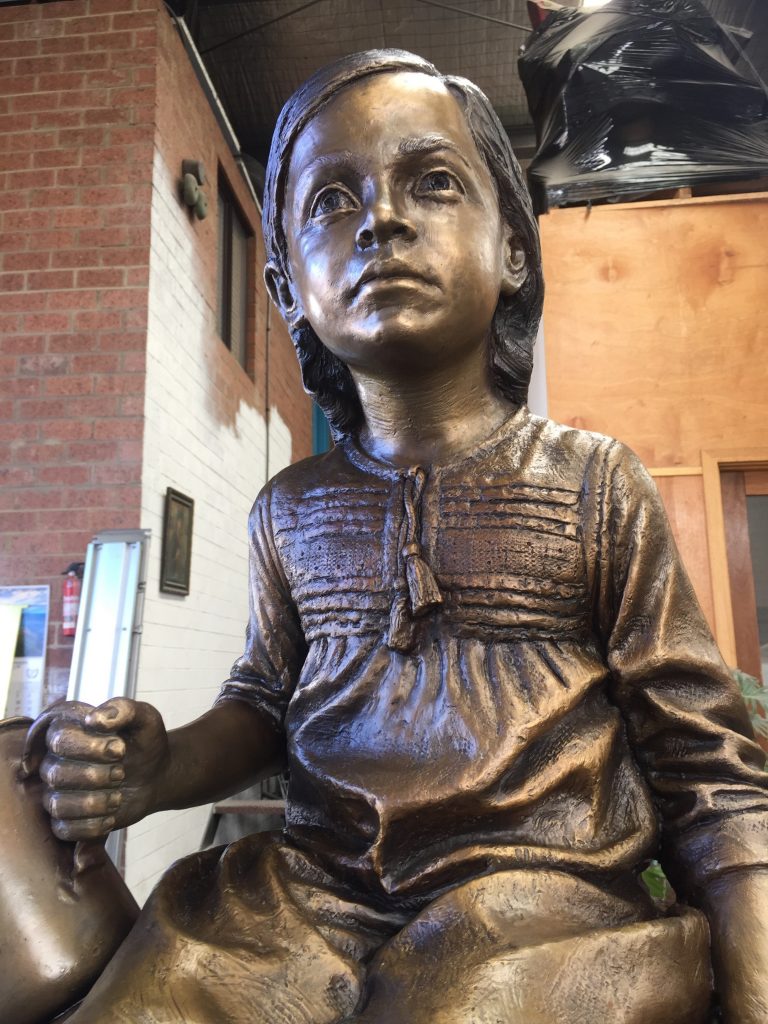
According to an article in The Age, the young girl has been nicknamed Lemona by Litsa Athanasiadis – the Chair of the GDT Memorial Committee – in honour of her grandmother’s little sister, who was presumed drowned after falling into the sea when attempting to flee Trabzon in Asia Minor. The young girl was actually still alive and had an emotional reunion with Litsa’s grandmother 18 years later.
Ms Johnson tells The Greek Herald she created the statue in this way to showcase the dignity of Treloar, as well as the vulnerability of the refugees through the young girl.
“It’s Treloar standing there being all dignified and then there’s the contrast with people that are very vulnerable and carrying their baggage,” the artist tells The Greek Herald.
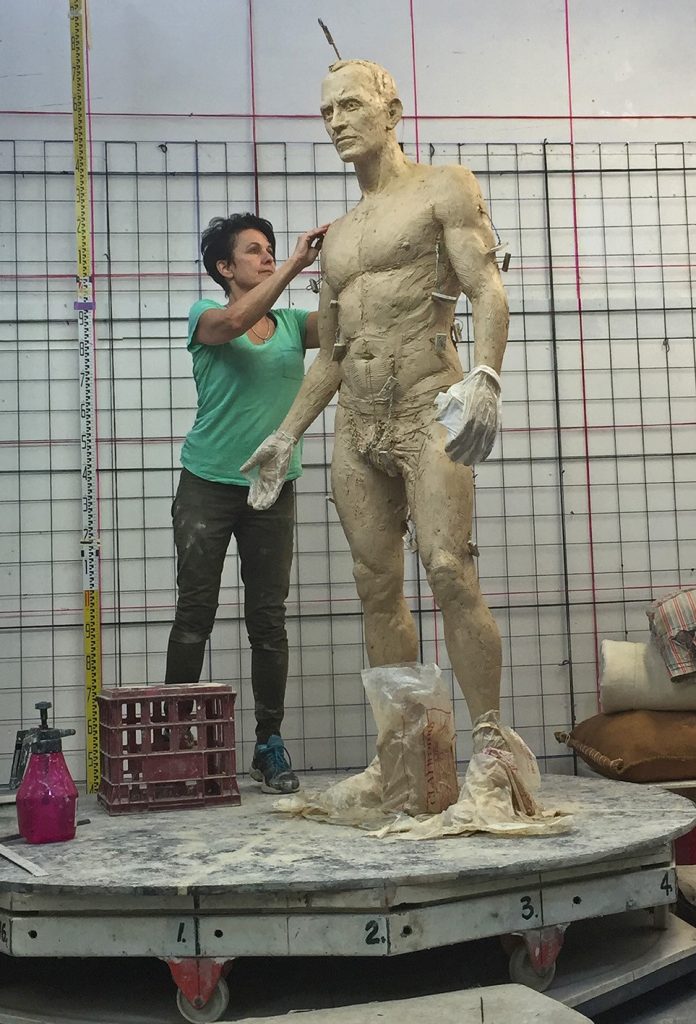
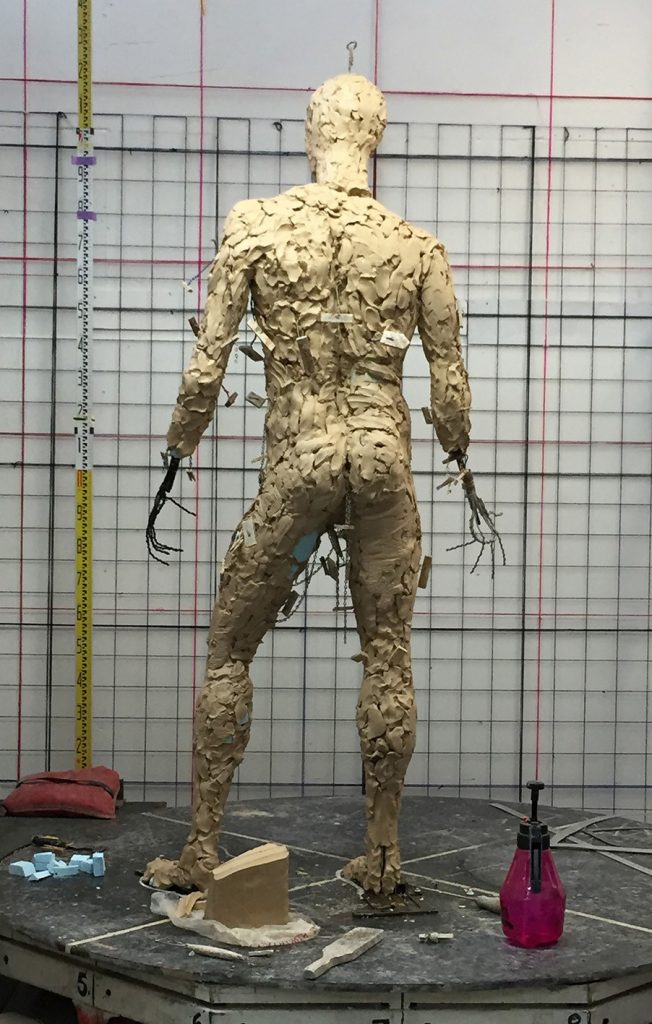
“Treloar is a military man but not in a military mode. He’s not being celebrated for being a military man. He’s being celebrated for being a compassionate man that, using his military power, rescued these refugees who would have otherwise been in peril.”
When we ask Ms Johnson why she felt it was important to immortalise Treloar in this way, her answer was simple.
“He’s like a saviour to a community of Greeks living in Victoria and that’s what is lovely about it. He obviously was a very compassionate man and these people just adore him,” she concludes.
“Their love for him was infectious and so I wanted to depict this lovely man that helped them and their community.”

